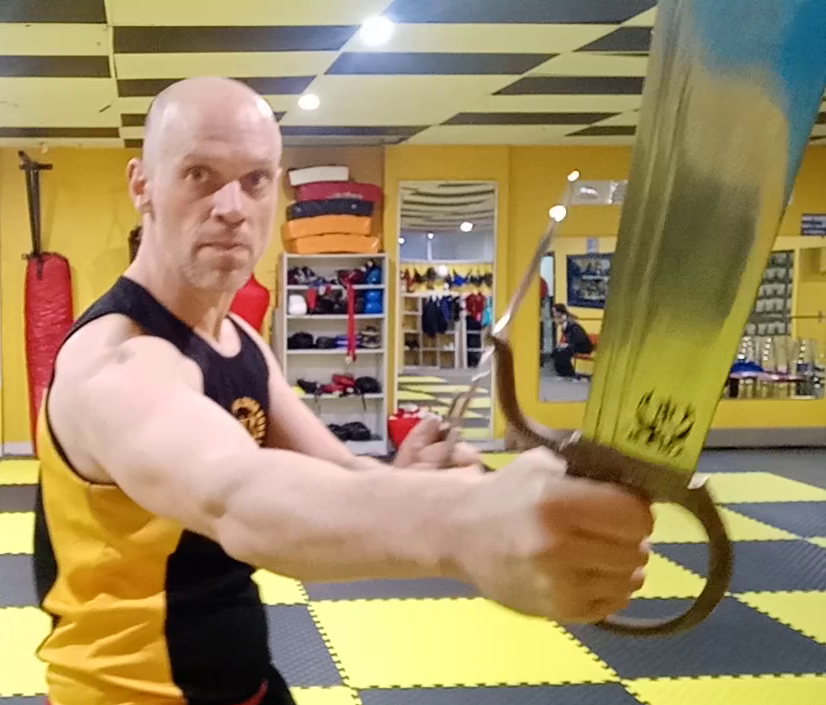Famous poet, John Dryden, once said that “self-defense is nature’s eldest law.” Every human would want to protect one’s self from any harm. When confronted by any danger, there is that immediate instinct to preserve one’s self. Among many ways of self-preservation, one is to practice “Martial Arts.”
Martial arts are organized combat practices. Historically speaking, the term has been linked to the fighting arts of eastern Asia but it originally referred to the combat systems of Europe as early as 1550s. Martial art came from the Latin word “martialis” which means “of Mars or war,” Roman god of war.
The martial art system is categorized as follows:
By Technical Focus - whether it will be executed “unarmed” or “armed.” Unarmed can be grouped into focusing on strikes, grappling, and the hybrid which includes both. Armed combat uses a wide array of melee weapons (bladed weapons and polearms).
By Application or Intent - whether the main purpose of it is for combat, health, or spirituality. Combat can be for sport or self-defense. Meanwhile, the kinds of martial arts especially those from Asia teach disciplines that serve medicinal purposes such as but not limited to bone-setting, herbalism, etc. Religion and spirituality are linked to several systems of martial arts. Many systems are believed to have been formed by monks and nuns.
Here are some martial arts commonly practiced, they differ in the emphasis on range. Ranges are kicking, striking, trapping, and grappling. Taekwondo that originated from Korea is one of the most popular martial arts in the world. Aside from frontal and sidekicks, one can learn fly and spinning kicks too. An opponent can be stopped at a kick’s range if a well-placed one has been thrown. There is no need to fight closer. A great example for a striking range is the American Kenpo Karate that was founded by Grandmaster Edmund Parker Sr. in the 1950s, though it teaches kicks but it is known for its outbreak of strikes that can hit multiple targets within seconds. At a trapping range, Wing Chun, the Chinese style was founded by a Buddhist nun about 300 years ago and named after one of her top students. This can be used if one is very close to the opponent to control his arms and legs. Wing Chun students’ practice “chi sao” that is translated as “sticky hands.” Bruce Lee popularized this martial art who studied under the legendary Grandmaster Ip Man. For grappling, the Brazilian Jiu-Jitsu that was developed by the Gracie family in Brazil in 1920s teaches several arms locks, leg locks, and chokes.
With the variations of martial arts, faithful students do not take each system merely for the technicalities. Martial art is a way of life. They live and breathe by the disciplines of the form that they ought to practice. For instance, those who are practicing Aikido have a strong philosophical belief of the energy flow and peace fostering as thought of by its founder Morihei Ueshiba. Korean martial arts put value on developing inner peace and believe that the use of force can only be justified through defense.
Practice of martial arts are not limited to combat and spiritual development. Usage of its disciplines every day can contribute to good physical posture. Correctly applying the disciplines to daily life’s chores such as washing the dishes, cooking, and even raking some leaves outside would likely prevent the destruction of any elements of the musculoskeletal system. Due to disciplines retained from martial arts training, each student will be mindful of proper body alignment to accomplish a task thus the negation of effects of improper posture that could have resulted to injuries.
The self-discipline developed thru martial arts helps individuals in every aspect of their lives. A disciplined individual is armor and a weapon himself for his own preservation and the others.


